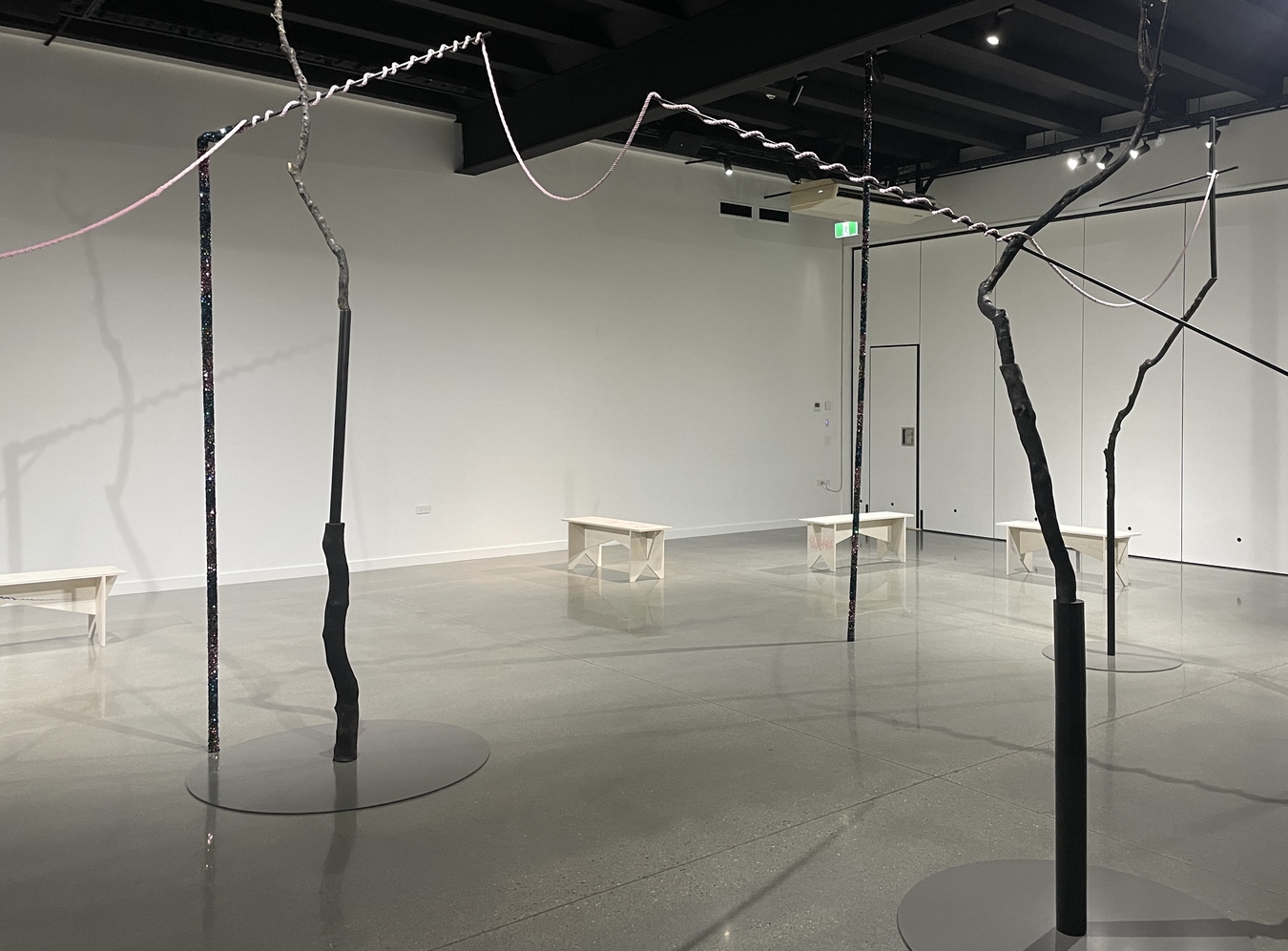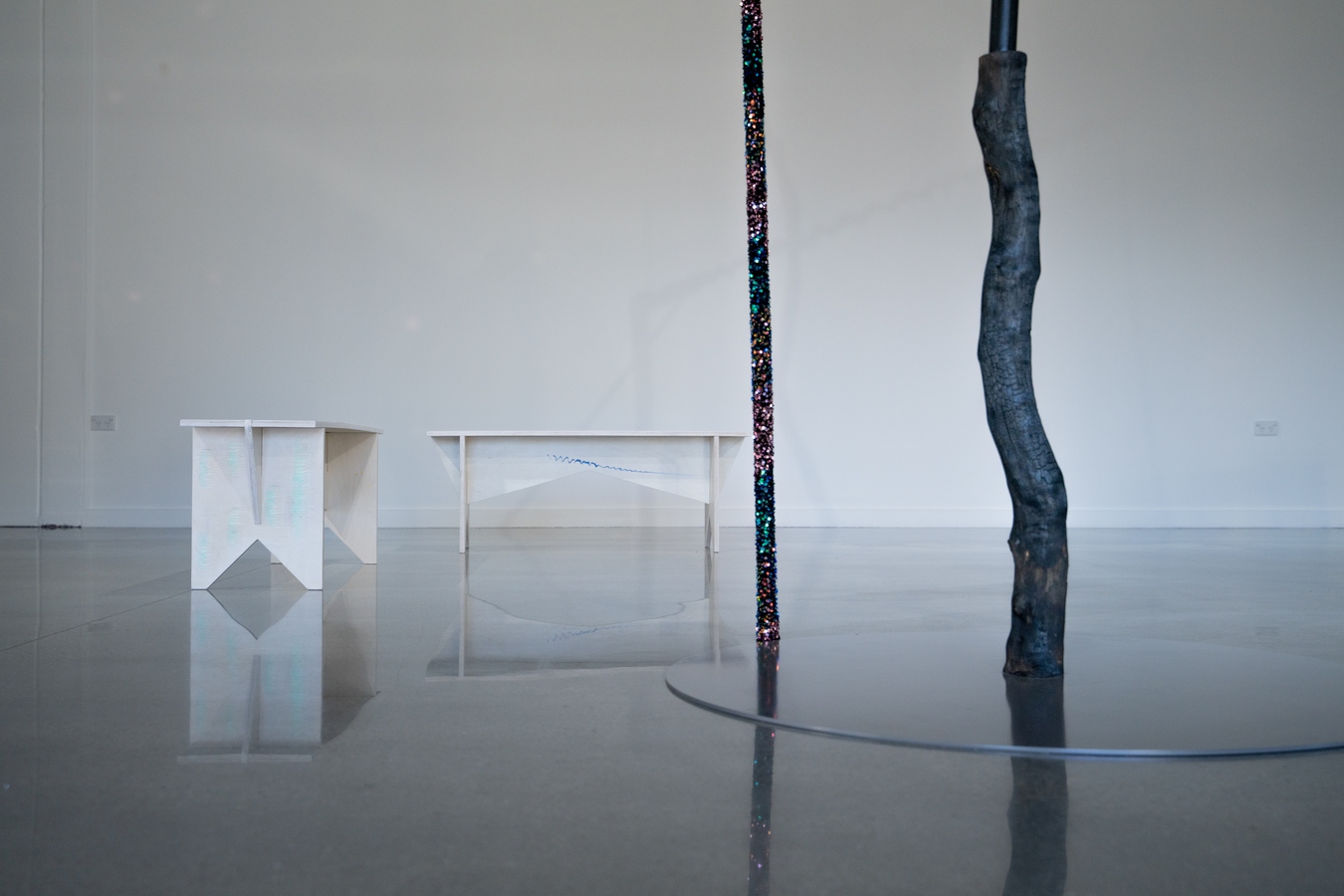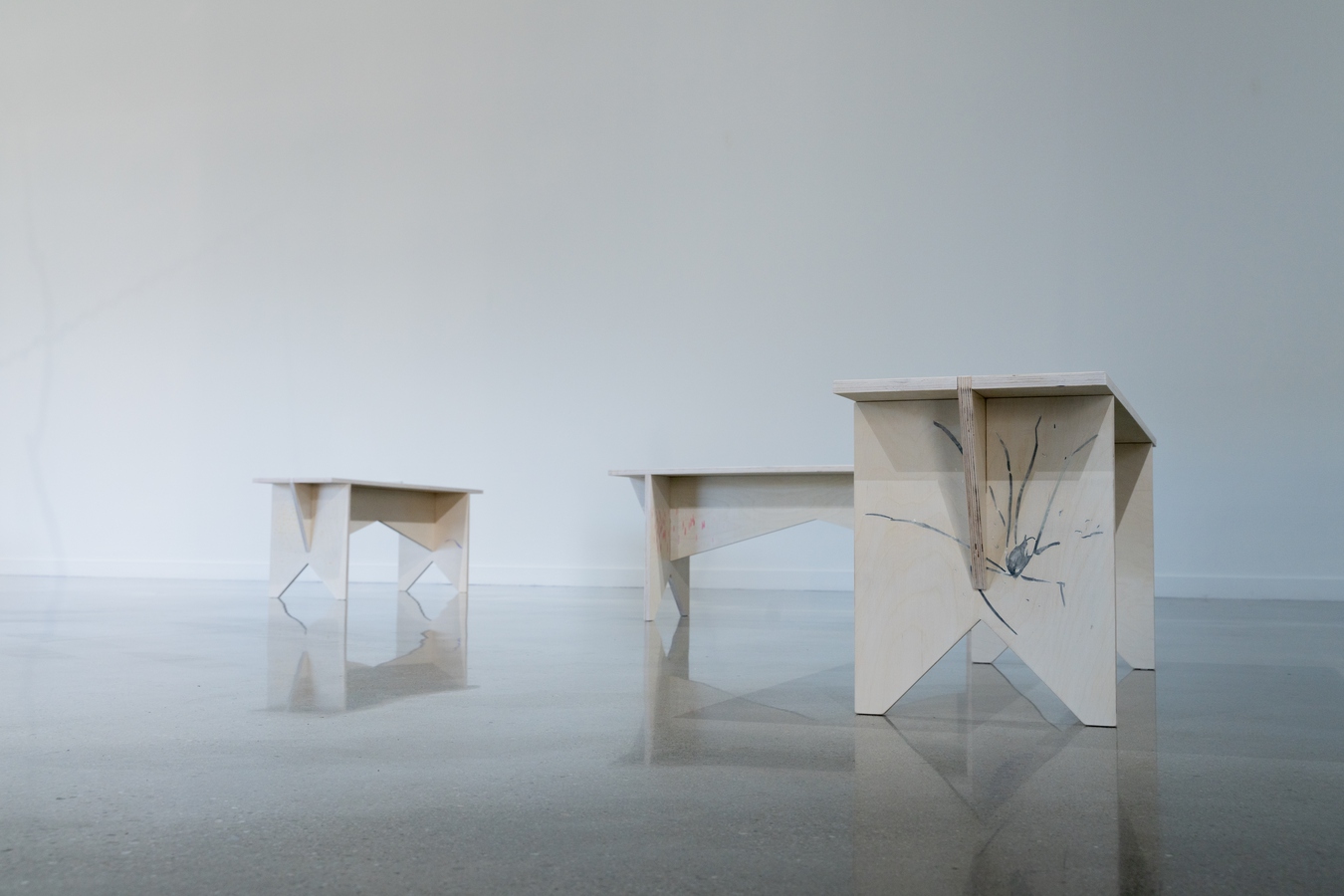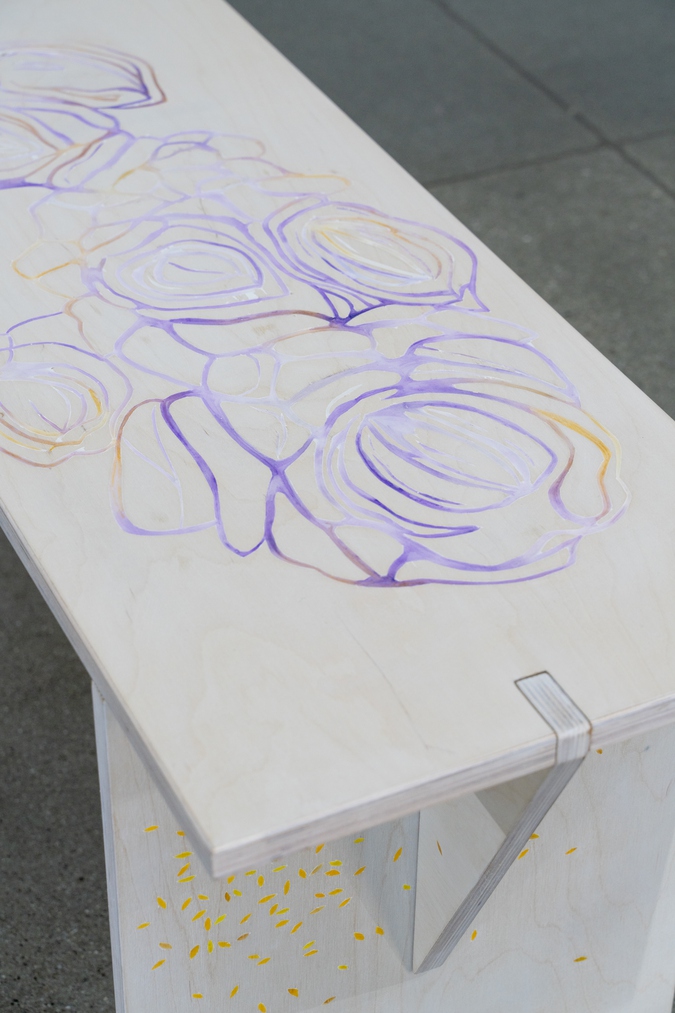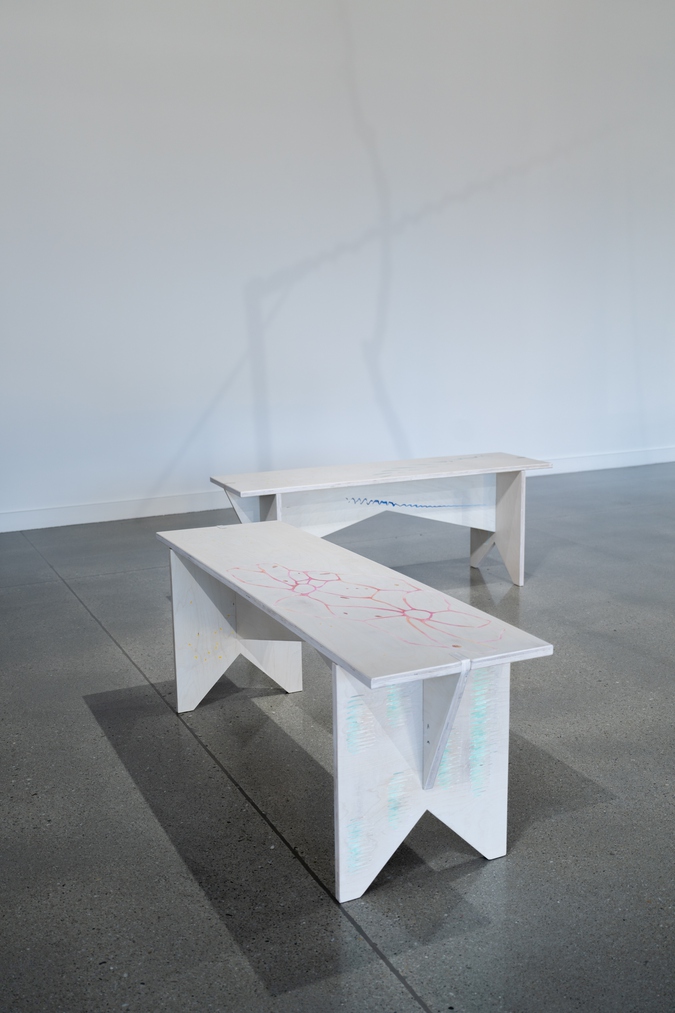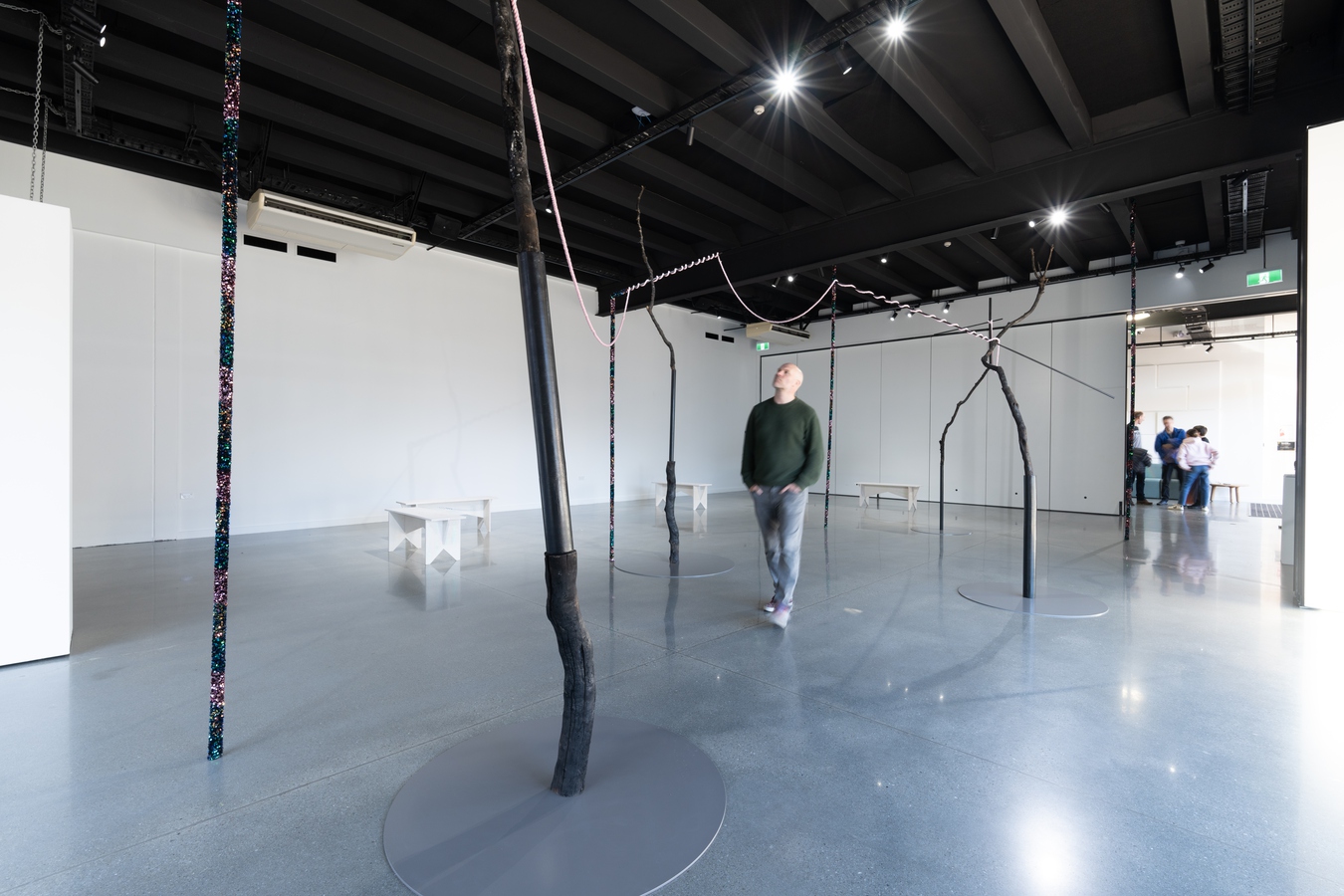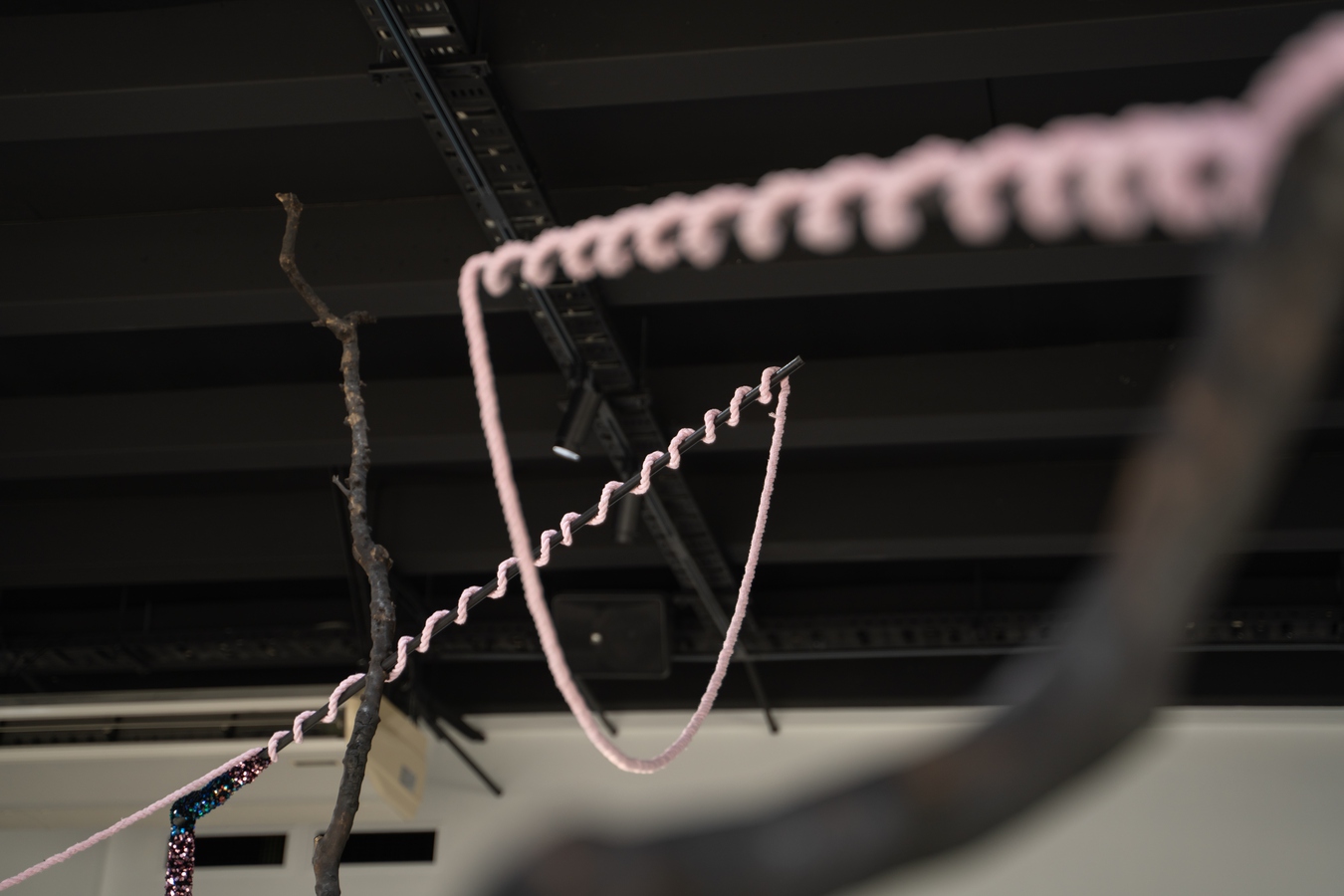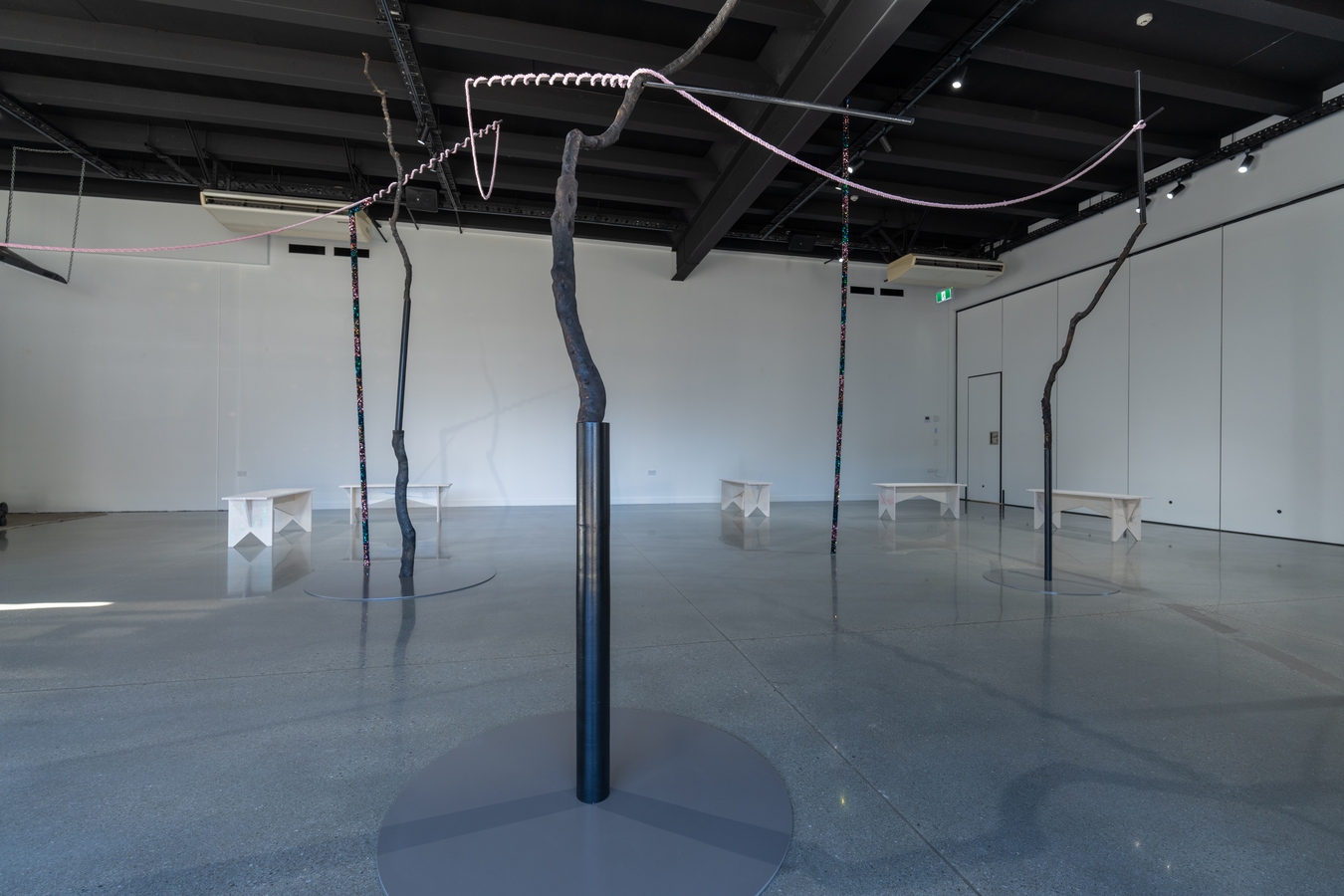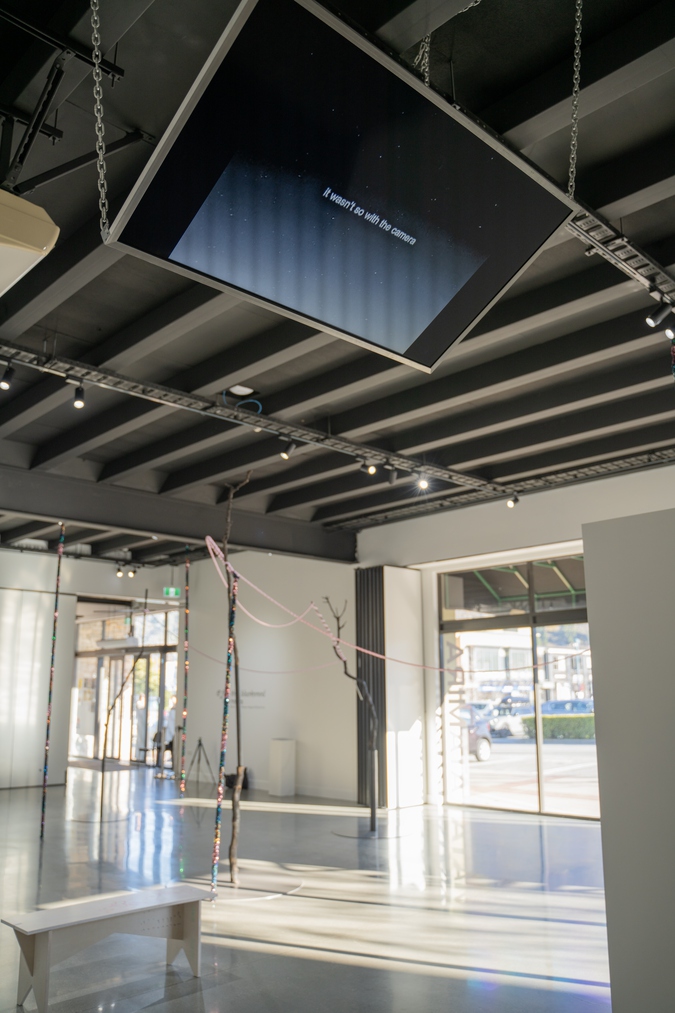Conor Clarke, Eleanor Cooper, Kate Te Ao
OFFSITE: A fire that blackened the rocks
03 Aug — 19 Sep 2024
A fire that blackened the rocks
Conor Clarke, Eleanor Cooper, Kate Te Ao
A Te Waipounamu offsite partnership between Blue Oyster and The Physics Room, in conjunction with Te Atamira
Opening event: Saturday 3 August, 2pm
Offsite location: Te Atamira, Building 11, Dart House, Remarkables Park Town Centre 12 Hawthorne Drive, Frankton, Queenstown 9300
A fire that blackened the rocks is an exhibition that considers what can be imperceptible or unknowable about our experiences of the world around us. Conor Clarke, Eleanor Cooper and Kate Te Ao each articulate personal, political and collective histories, how language and environment intertwine and influence each other, and how new relationships are made through the sharing of, and receptiveness to, different kinds of knowledge.
Conor Clarke’s (Waitaha, Ngāti Māmoe, Ngāi Tahu - Ngāti Kurī) moving image work Night Writing (2024) stems from time spent with Kaikōura’s mountainous coastline and the Hutton’s Shearwater Charitable Trust, a conservation organisation aiming to restore the population of the endangered Kaikōura tītī. Clarke filmed the tītī making their nightly return flight from feeding at sea to their alpine burrows with a thermal imaging device capable of turning electromagnetic radiation into visible light. Lines of text connecting tītī, darkness and sensory experience are threaded through Night Writing, challenging the authority of vision and the ethics of image-making.
This method of engaging senses beyond sight is present in Eleanor Cooper’s installation of sculptural bench seats. Made from birch ply and covered in carved markings, these benches offer a place to sit for a while and talk together. Cooper’s mark-making loosely references a range of collected information: fossil plant matter and sonograms of bird song specific to Tāhuna, shared conversations about local histories, and her personal recollections. Like a scatter of seeds over the benches, these abstract notations allow information from different times and places to meet and coexist.
The sequinned poles of Kate Te Ao’s artwork Before (2022) are described by the artist as “celestial matter, stars that stretch down to the ground, providing points to navigate by.” Interspersed amongst these celestial markers are charred trees. Te Ao draws attention to the shared materiality of these burnt, carbonised branches and carbon originating within stars, and their potential for regeneration, restoration and the formation of hybrid beings.
A fire that blackened the rocks, as a title, alludes to pūrākau recounting a young Kāti Māmoe woman, Hakitekura, who swam across an icy Whakatipu Waimāori and lit a fire on the opposite side using a dry kauati and bundle of raupō she brought with her tied to her back. A fire that can blacken rocks has an intensity to it – it is able to be seen from a great distance before smouldering into an enduring signal.

